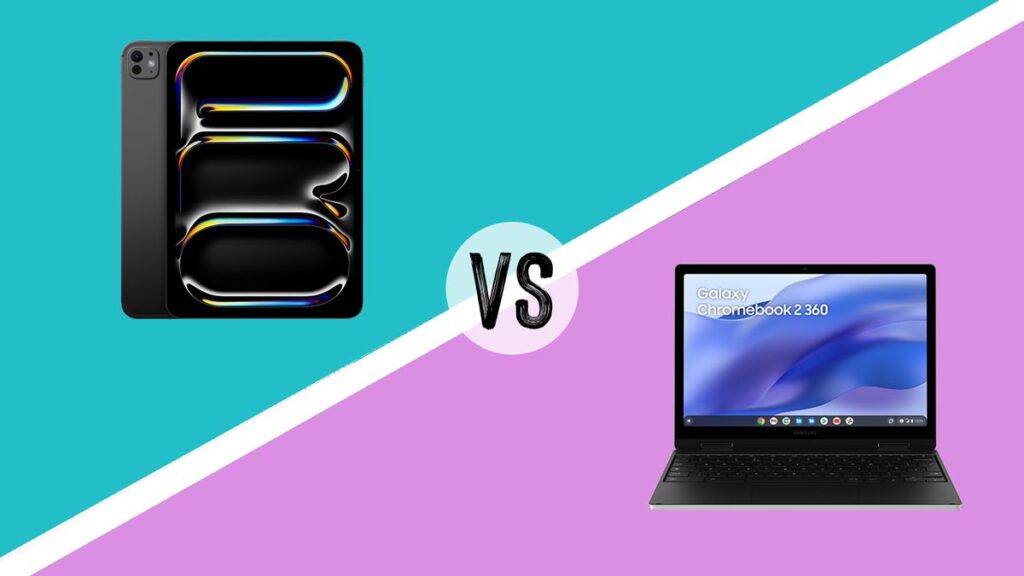Many people wonder whether a Chromebook or a tablet is best for their needs, and there are many reasons to compare them. They can perform similar tasks, may have similar displays and features, and often end up costing about the same. But whatever your budget, it’s worth thinking about which product is best for you.
Tablets are smaller, perfect for drawing Many tablets, such as the iPad, have better display technology than Chromebooks, which means they offer a more portable package and a better movie-watching experience. You might notice. But the best Chromebooks have their own strengths, like an included keyboard that makes word processing more comfortable.
This guide aims to make your choice easier. We compared Chromebooks and tablets on several key metrics, including design, performance, and features. In the end, you should know which one best suits your needs. For a more in-depth comparison, check out our laptop vs. Chromebook guide. Also see the best laptops for graphic design posts.
Chromebooks and tablets: design
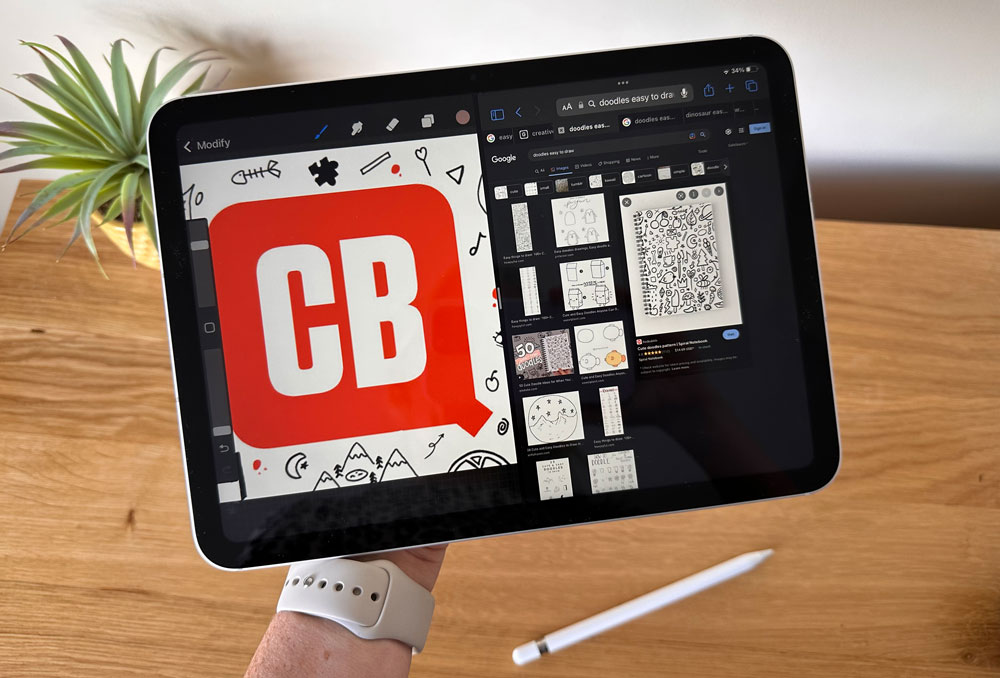
You might think that Chromebooks and tablets are very different in design, and sometimes they are. But there are also many similarities. For example, tablets are typically slightly more portable than Chromebooks due to their smaller dimensions. The tablet’s design focuses on the entire display, allowing it to be incredibly thin and light.
Chromebooks, on the other hand, typically have a keyboard and trackpad attached to the screen, making them larger and bulkier. Although you rarely see tablets larger than about 13 inches in diameter, there are plenty of Chromebooks that are 17 inches wide. If portability is important to you, tablets are generally the best choice.
But when it comes to design, there’s a lot more to consider. If you want to work on your device, the included keyboard gives your Chromebook an advantage. Of course, you can buy an external keyboard for your tablet, but it comes at an additional cost and almost eliminates portability.
It’s worth noting that some Chromebooks actually have a 2-in-1 design, meaning you can remove the keyboard and use it as a tablet. This is a good way to get the best of both worlds.
Winner: draw
Chromebooks and tablets: performance
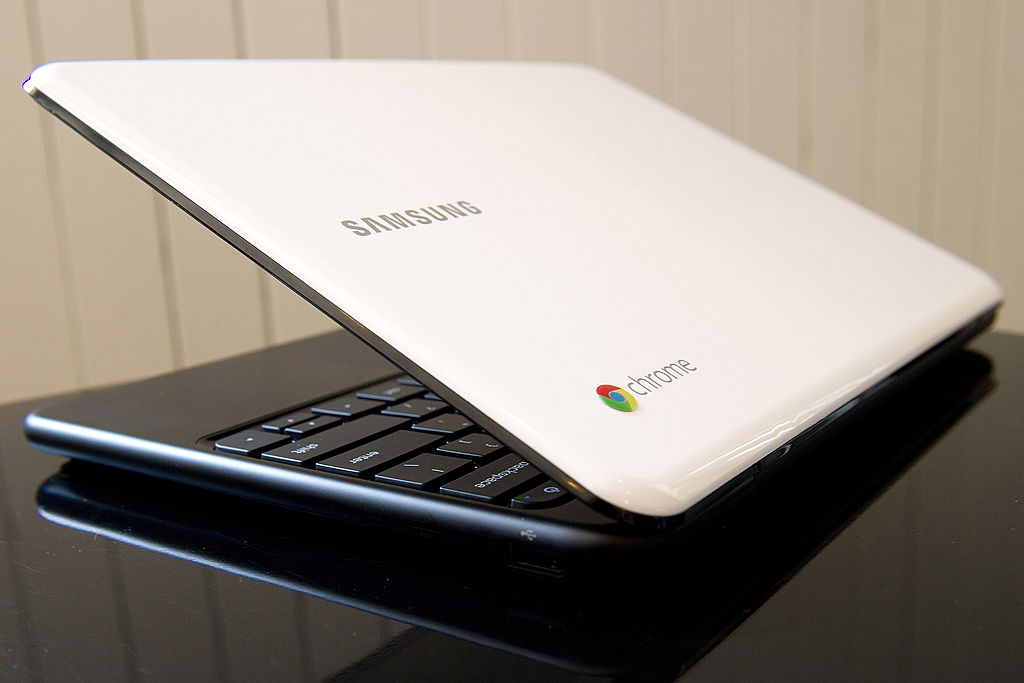
Since Chromebooks are laptops, it would be easy to think that they would have better creative performance than tablets. However, this is not always the case. For example, the iPad Pro is much more powerful than many full-fledged laptops, and could be a good option if you’re looking to perform a lot of demanding tasks. And it’s not just Apple’s tablets that are bringing a lot of life. Android tablets can also be powerful, although they are usually not as powerful as the iPad Pro.
Chromebooks, on the other hand, are designed for more casual tasks like word processing, composing emails, and watching videos online, and are backed by a very fast and lightweight Google-based operating system (ChromeOS).
That said, ChromeOS wasn’t built for heavy workloads like video rendering or photo editing. You could consider a desktop PC or one of the most powerful laptops, but when it comes to performance, top-end tablets typically have slightly more processing power than Chromebooks, but Chromebooks have more Provides fast performance for moderate users. needs.
Of course, performance is a sliding scale, and the cheapest tablets can struggle when compared to Chromebooks. Be sure to research the specific device you are considering before purchasing.
Winner: Tablet with higher performance limits
Chromebooks and tablets: screens
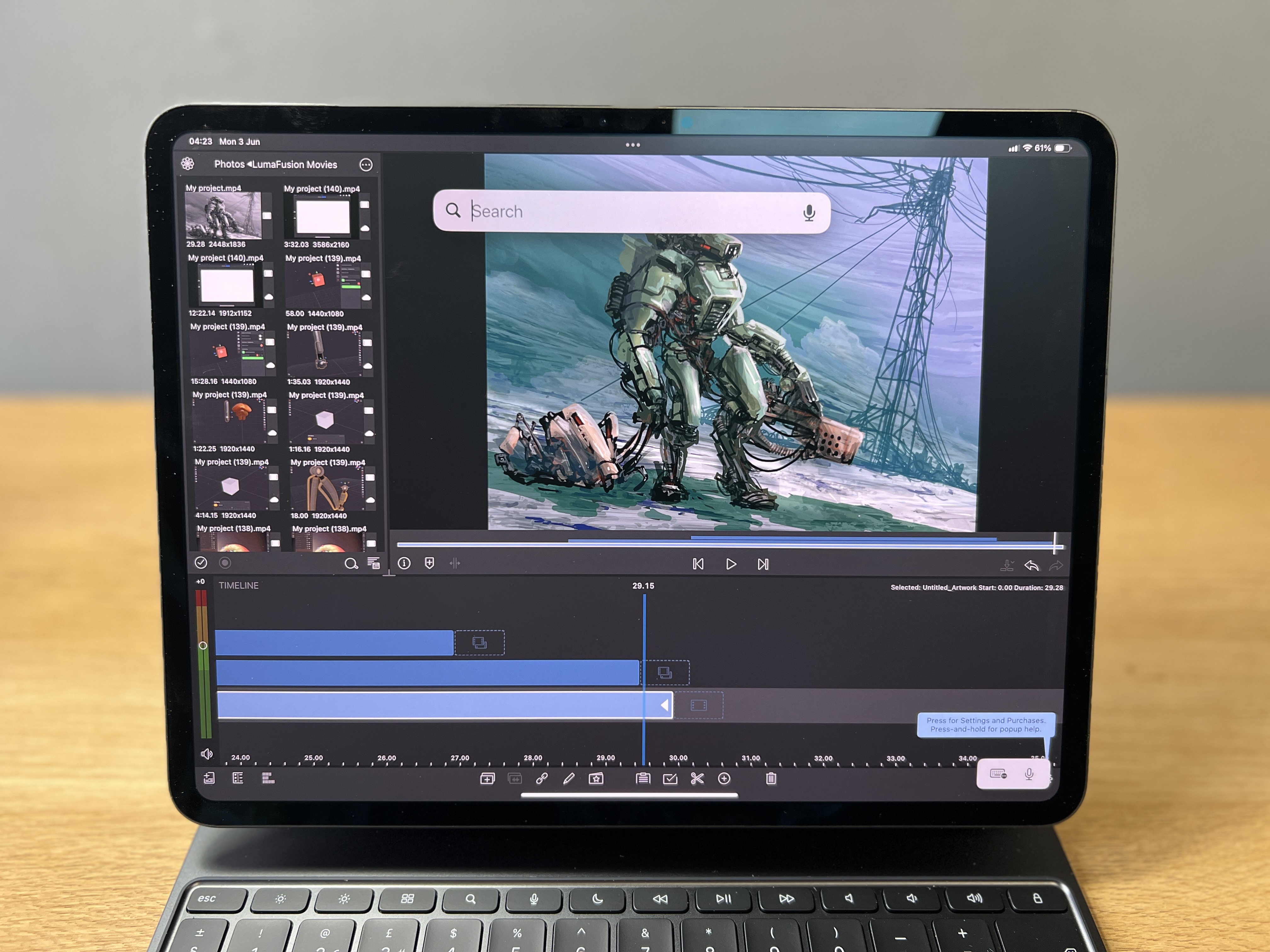
Screen quality really depends on the device you choose. The iPad Pro, for example, has an amazing display that incorporates Apple’s proprietary tandem OLED technology. Apple’s screens, of course, come with a hefty price tag, though much cheaper devices, whether tablets or Chromebooks, can’t match this.
The important point here is that while all tablets use touchscreen technology, only some Chromebooks have touchscreens. If you want to interact with your device’s display in this way, you might resort to a tablet.
However, the smaller size of the tablet tends to cram and shrink content on the display. If you prefer a larger screen to work with, a larger Chromebook may be an advantage.
Winner: Tablet Thanks to technologies such as Apple’s Tandem OLED
Chromebooks and tablets: features
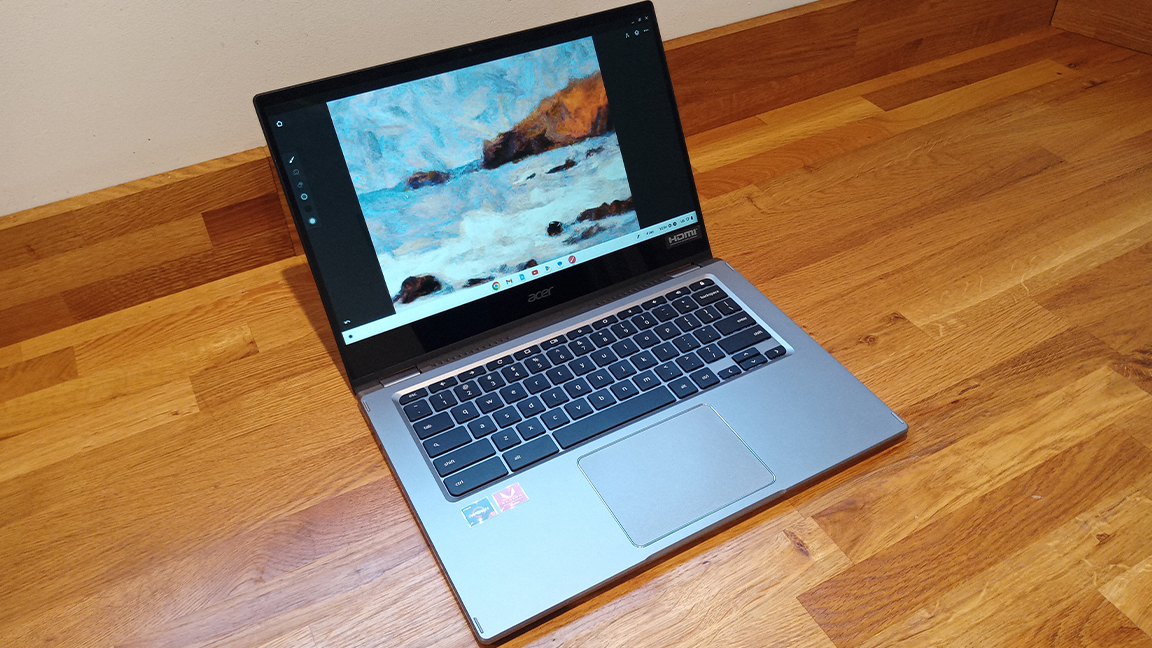
Chromebooks and tablets run different operating systems. For Chromebooks, it’s ChromeOS, which comes with web apps and stores all your files in the cloud. For tablets, you can get Android or iOS depending on your choice. This difference affects the range of apps available, so be sure to check whether your favorite apps are available on the device of your choice.
Hardware-wise, Chromebooks have a big advantage in terms of ports. You get far more (and a wider variety) of features than tablets, which are usually very limited. Conversely, tablets usually have better cameras. Not only do they typically have higher resolution than Chromebooks, but they also have two front lenses (on both the front and back), compared to the single front lens on Chromebooks.
Finally, both Chromebooks and tablets support styluses like the Apple Pencil, Samsung S Pen, or certain USI Chromebook options. For this you need to check compatibility. For example, Chromebooks require a touchscreen to use a stylus, but not all styluses work with all tablets. Check out the best tablets with stylus posts for more information.
Winner: draw
Chromebooks and tablets: Longevity
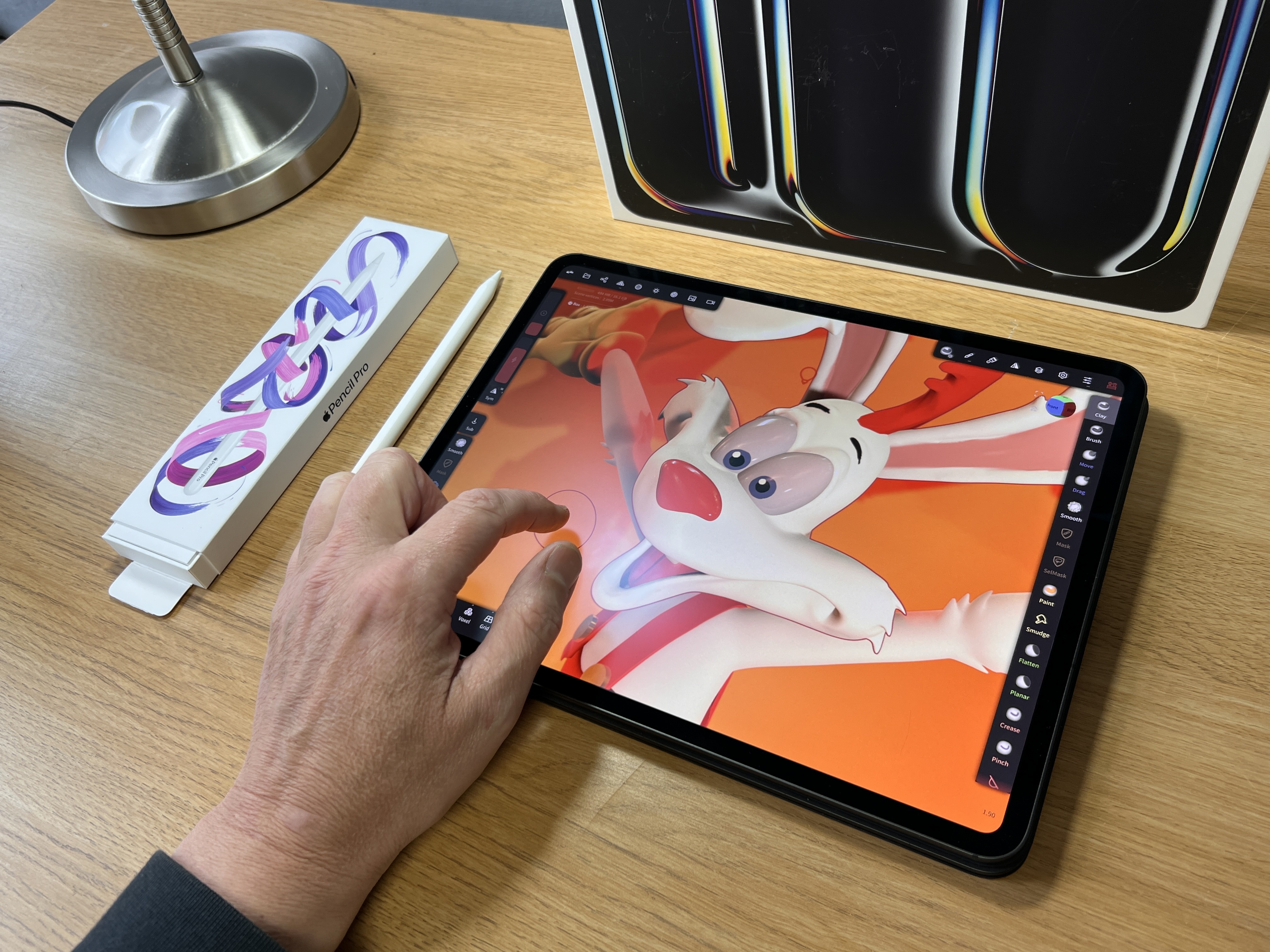
An important consideration here is how long the device will last, and one aspect of that is battery life. Each device here is different, but this applies to both tablets and Chromebooks. Be sure to check the battery life of your device to get an idea of how long it will last.
Another thing to consider is software support. Chromebooks are a clear winner here, as they’re supported for up to 10 years after purchase. Apple supports tablets for about five years, while Android devices are supported for a little less time. Don’t just look at software feature updates here. The time it takes to get security updates is also very important.
Winner: Chromebook Thanks to extensive software support and excellent battery life
Chromebook vs. Tablet: Which is Right for Me?
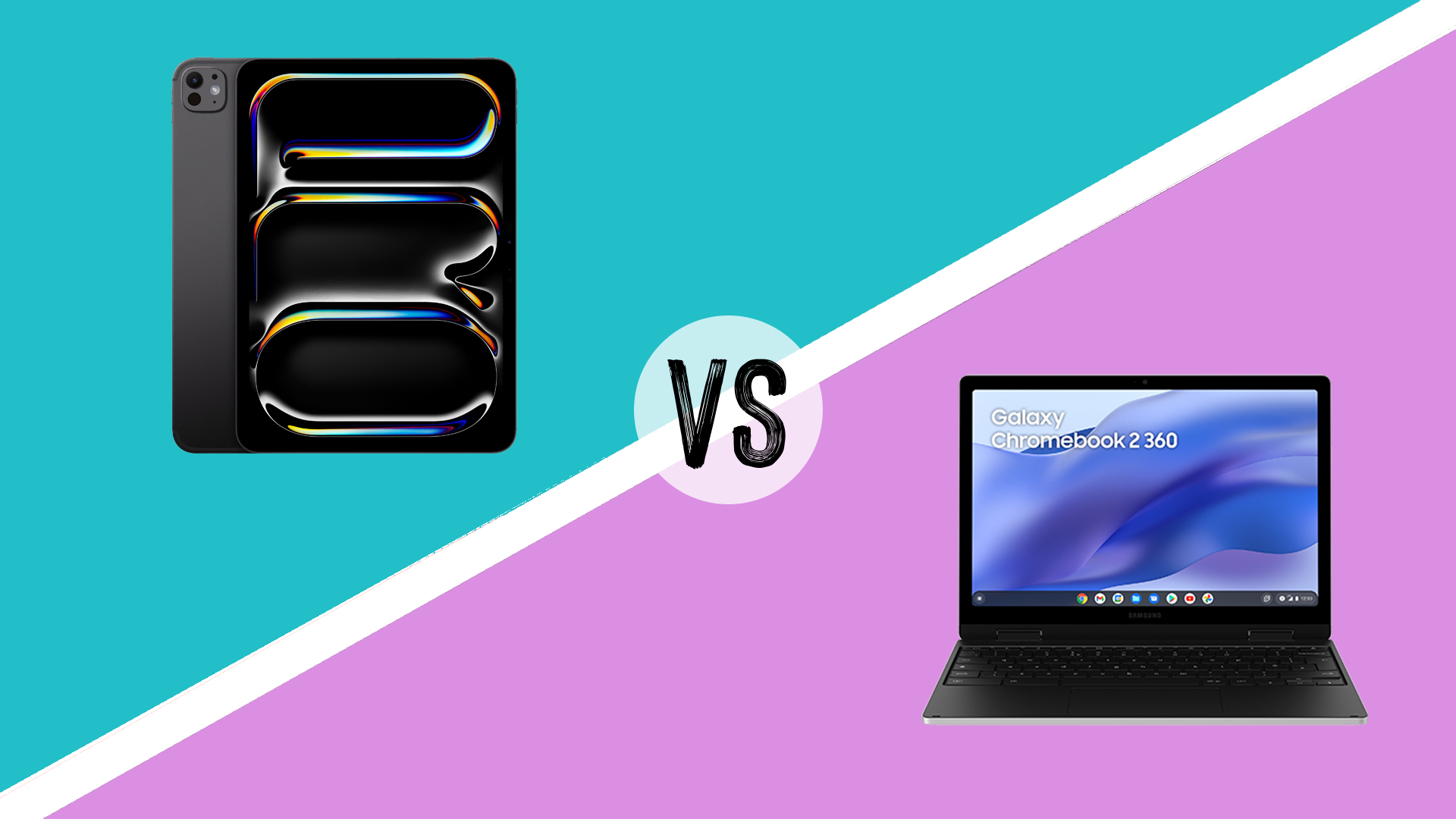
The choice between a Chromebook and a tablet largely depends on your needs. For example, if you’re looking for a traditional laptop experience, a Chromebook is probably a better option because it doesn’t require you to buy additional peripherals like a removable keyboard and gives you the perfect device for work.
That said, if you need a touchscreen and more portability, tablets are generally the best choice. These devices are also often great for media consumption, thanks to the great displays that some tablets like the iPad Pro offer.
After all, you need to know what you want to use your device for in the first place. Armed with this knowledge, deciding whether to buy a Chromebook or a tablet will be much easier.


